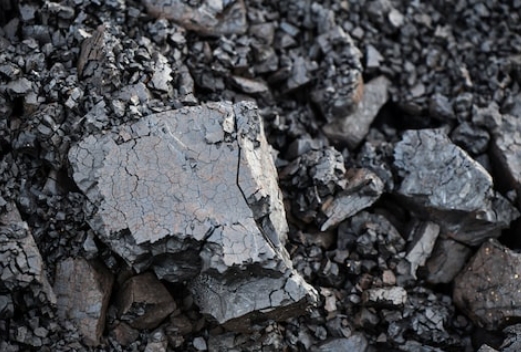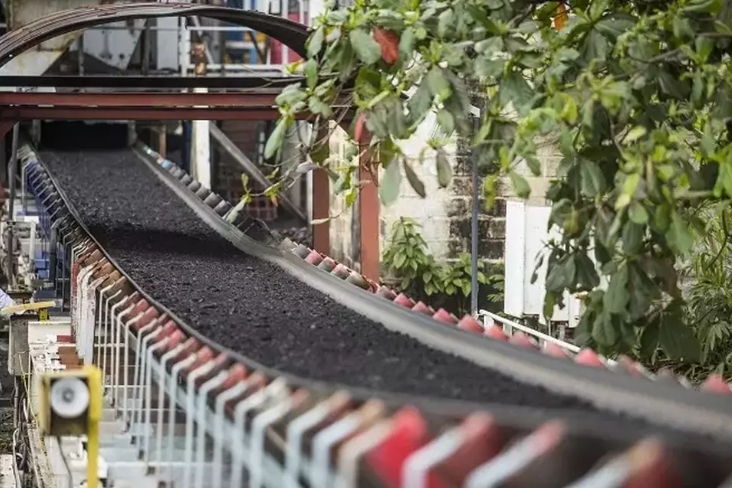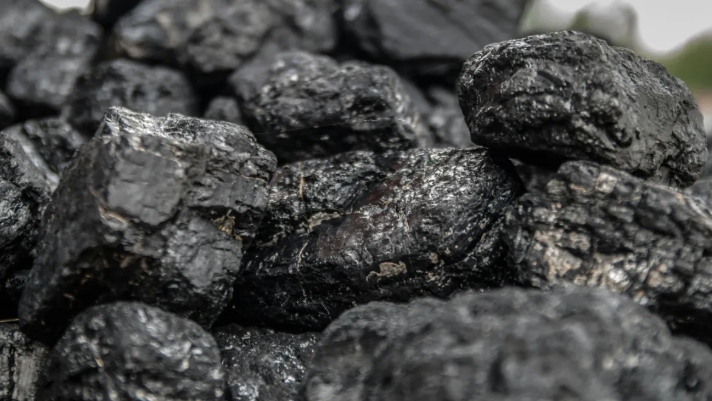The Low Intensity Test Reactor (LITR) at Oak Ridge National Laboratory (ORNL) became world-famous when a photographer first captured a blue glow caused by radiation in the pool above the reactor. That photo appeared on the cover of the October 1951 issue of Scientific American.
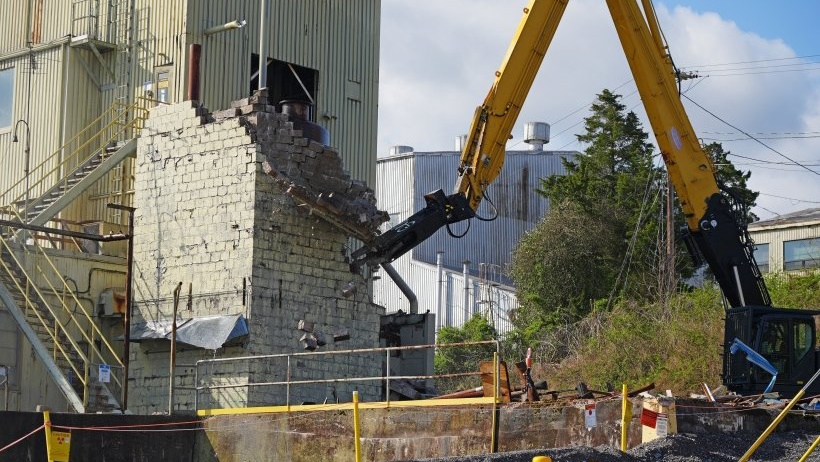
Ancillary buildings at LITR are pulled down (Image: EM)
Built as a mock-up of the Materials Test Reactor that was being constructed at the Idaho National Laboratory, the LITR - also known as Building 3005 - operated from 1951 to 1968. As well as being used for training purposes, experiments at the reactor established the feasibility of water-cooled reactors and the LITR was one of the design prototypes for commercial nuclear power plants, according to information from ORNL.
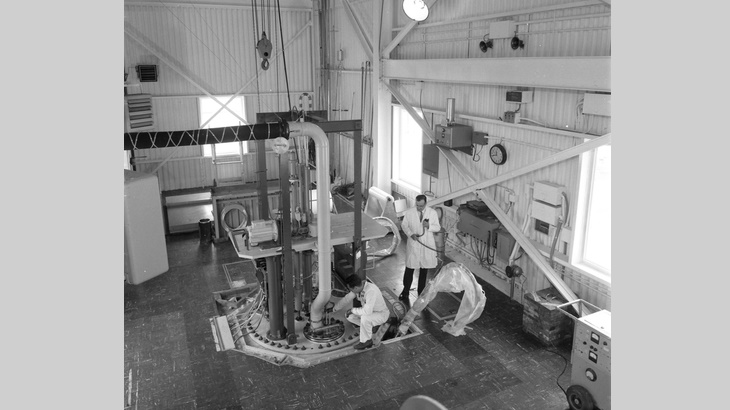
LITR operated from 1951-1968 (Image: ORNL)
The blue glow that was first photographed at LITR is Cherenkov radiation, observed when electrically charged particles - electrons and protons - are moving at speeds faster than that of light in a specific medium. It is named after the 1958 Physics Nobel Prize laureate, Pavel Cherenkov. "The photograph on the cover is the first to reveal the interior of an operating atomic pile. Of special interest to the physicist is the blue glow that surrounds the chain-reacting fuel elements...", Scientific American wrote of the article 'Radiation from a Reactor' by WH Jordan in the October 1951 edition of the magazine.
Demolition of the "highly deteriorated and contaminated" facility by the end of this year has been identified as a 2023 priority for the US Department of Energy Office of Environmental Management (EM).
The Oak Ridge Office of Environmental Management and its cleanup contractor, UCOR, began tearing down the facility in late March, after nearly five years of planning and deactivation work. The unique conditions associated with the facility - including structural concerns such as slab floor structures that were not adequately supported, and original facility drawings with insufficient information to support work planning - have posed additional challenges and complications. Workers used high-tech equipment to detect previously undocumented radiological material in some areas of the facility to enable characterisation work that could not be supported from the original drawings.
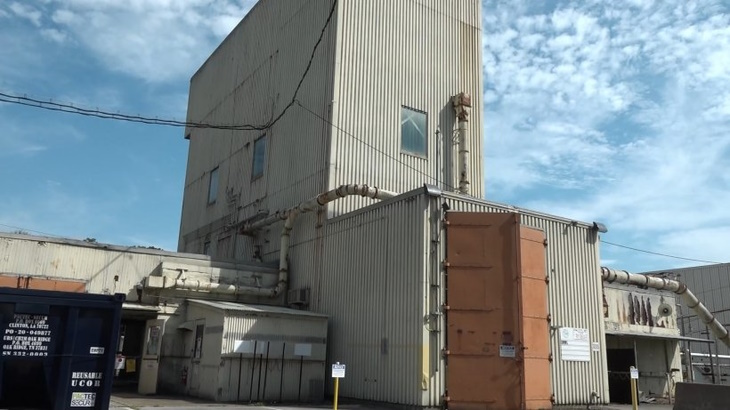
LITR: Demolition is to be completed by the end of this year (Image: EM)
Workers are now taking down ancillary facilities, with the goal of demolishing all structures surrounding the reactor, removing and sampling additional shield blocks to support waste disposal, and tearing down and packaging the reactor for transport and disposal.
Demolition of LITR follows the recent demolition of the adjacent Bulk Shielding Reactor, which was the first removal of a former reactor from ORNL's central campus area.
"Though the Low Intensity Testing Reactor is not one of the largest reactor sites, it played a critical role in training," EM said.


